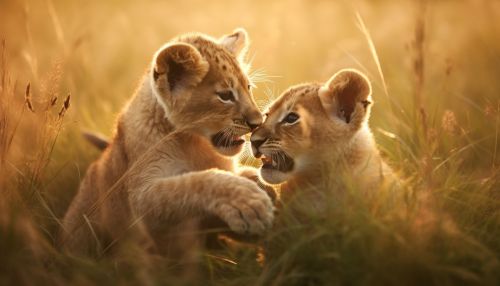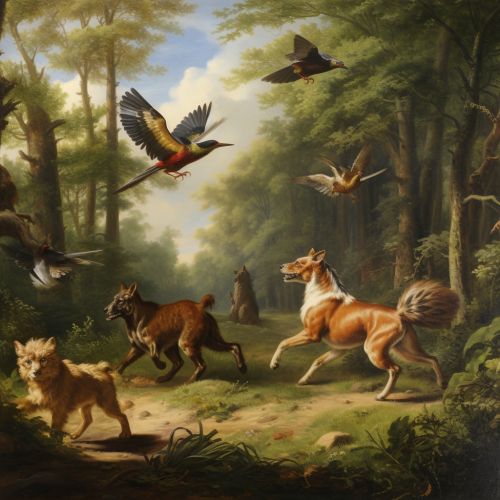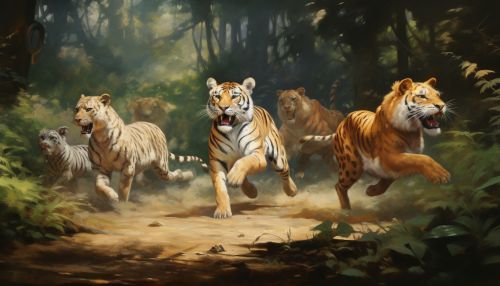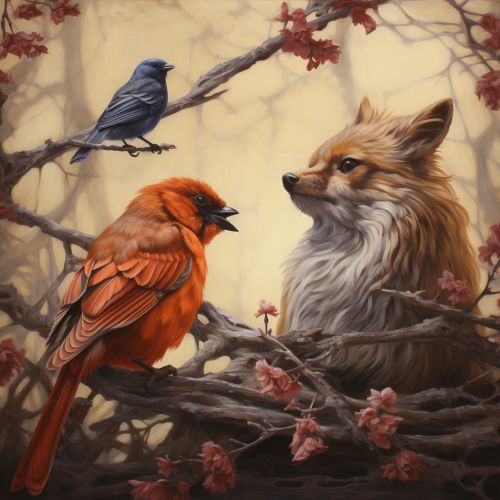The Biological Mechanisms of Animal Play and Socialization
Introduction
Play and socialization are integral parts of animal behavior, particularly in mammals. These behaviors are not only essential for the development of physical skills but also for cognitive and social skills. The biological mechanisms that underlie these behaviors are complex and involve various aspects of neurobiology, genetics, and ethologyethology.
Neurobiology of Play


Play behavior in animals is primarily mediated by the brain. Several brain regions, including the prefrontal cortex, amygdala, and hypothalamus, have been implicated in the regulation of play. The prefrontal cortex is involved in decision-making and social interactions, while the amygdala and hypothalamus regulate emotional responses and social behavior, respectively.
Neurotransmitters and Hormones
Neurotransmitters and hormones also play a crucial role in the regulation of play behavior. Dopamine, a neurotransmitter associated with reward and motivation, has been found to be involved in play behavior. Animals with higher levels of dopamine are more likely to engage in play, suggesting that this neurotransmitter may motivate play behavior. Similarly, the hormone oxytocin, which is involved in social bonding and trust, has been found to promote play behavior in animals.
Genetics of Play
While the exact genetic mechanisms underlying play behavior are not fully understood, several genes have been implicated. For example, the gene BDNF (Brain-Derived Neurotrophic Factor) has been found to be associated with play behavior in rats. BDNF is involved in brain development and function, suggesting that it may play a role in the development of play behavior.
Ethology of Play


Ethology, the study of animal behavior, provides insights into the role of play in socialization. Play behavior can be categorized into three main types: locomotor play, object play, and social play. Locomotor play involves physical activity such as running and jumping, object play involves interaction with objects, and social play involves interaction with other animals.
Locomotor Play
Locomotor play is common in young animals and is thought to help develop physical skills and coordination. This type of play often involves running, jumping, and climbing, which can improve muscle strength and agility.
Object Play
Object play involves interaction with objects and is thought to help animals learn about their environment. This type of play can involve manipulating objects, exploring their properties, and learning how to use them.
Social Play


Social play is perhaps the most complex type of play and involves interaction with other animals. This type of play can help animals develop social skills, learn about social hierarchies, and form social bonds.
Conclusion
Play and socialization are complex behaviors that are regulated by various biological mechanisms. Understanding these mechanisms can provide insights into animal behavior and may have implications for understanding human behavior as well.
